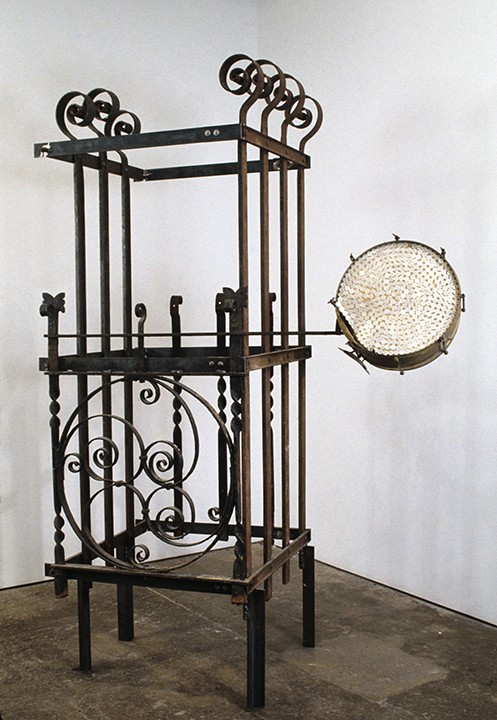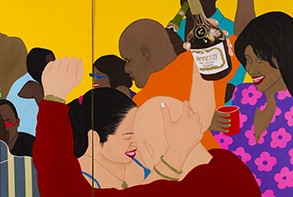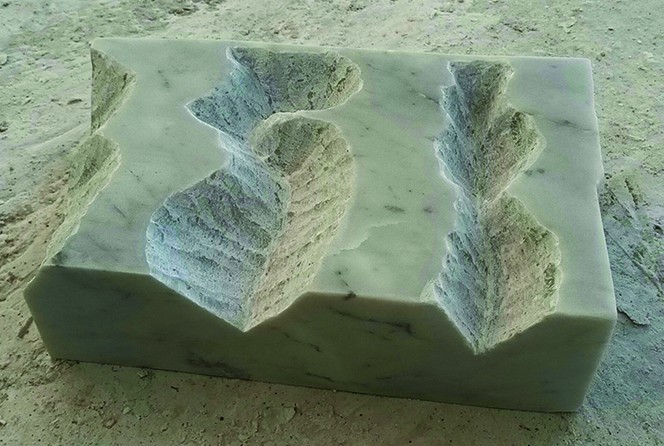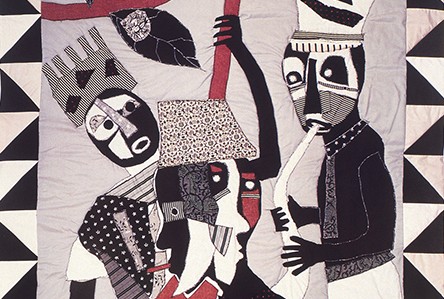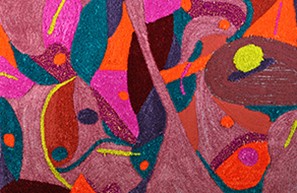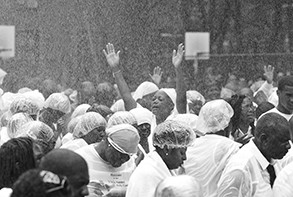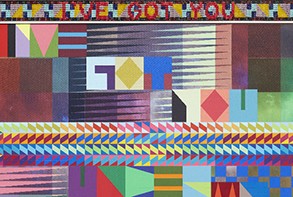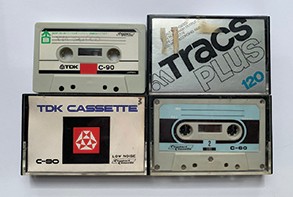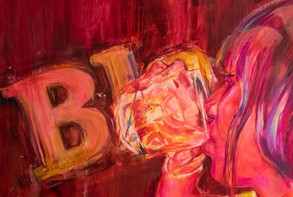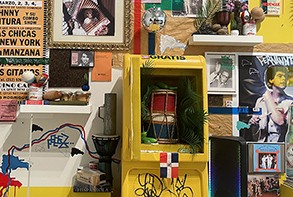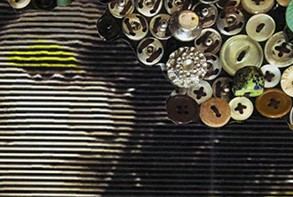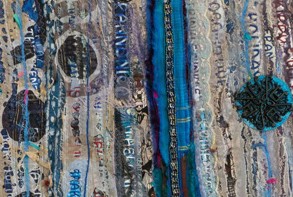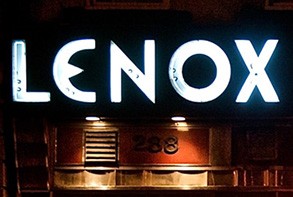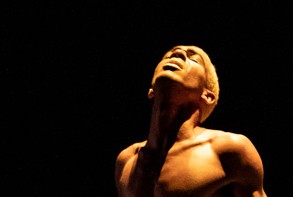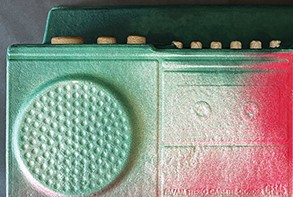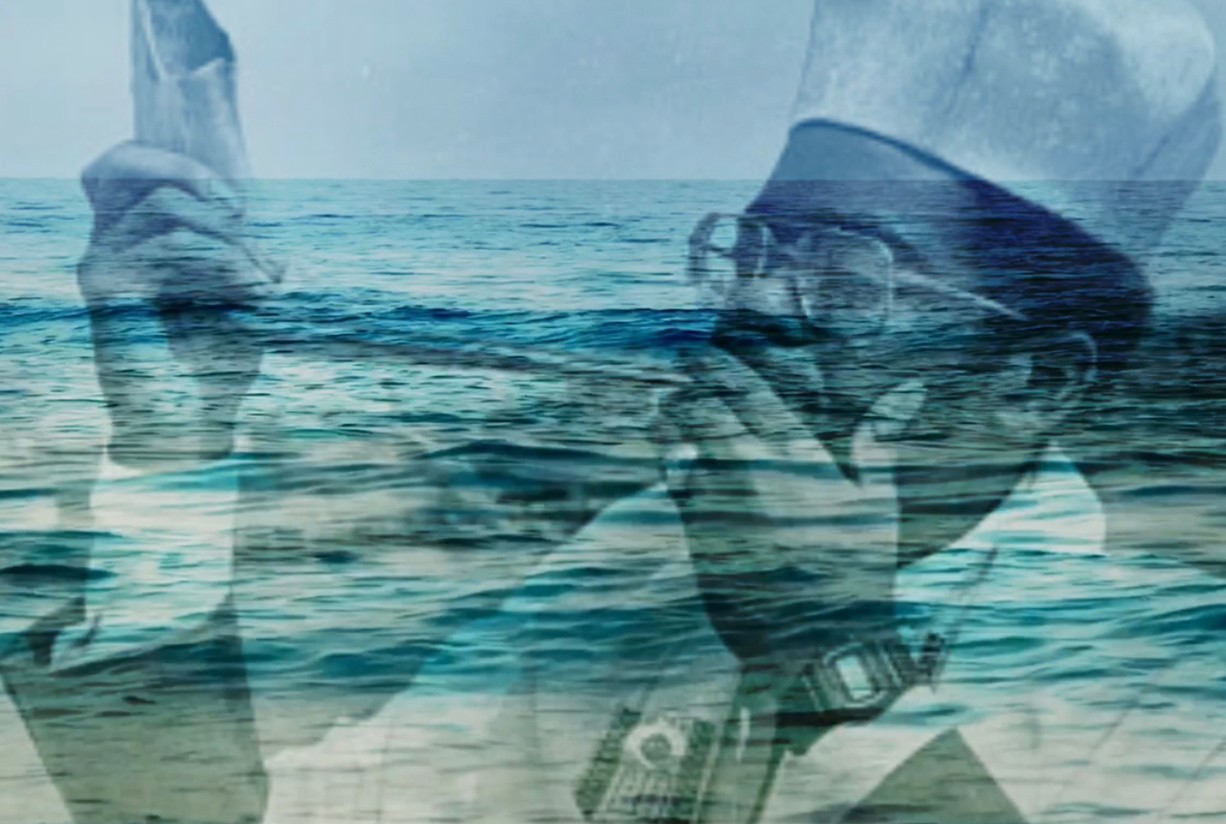TERRY ADKINS
(b. 1953, Washington; lived and worked in Brooklyn; d. 2014, Brooklyn)
Terry Adkins’s jazz-infused sonic sculptures experiment with sound and silence as means of narrative storytelling. Many of his series incorporate novel and familiar instruments to explore the histories of figures with Black heritage, ranging from Ludwig van Beethoven to polar explorer Matthew Henson.
Adkins received a BS in printmaking from Fisk University (1975), an MS in printmaking from Illinois State University (1977), and an MFA in sculpture from the University of Kentucky (1979). He served as a Professor of Fine Arts at the University of Pennsylvania. Recent exhibitions include Terry Adkins: Flumen Orationis (Charlotte & Philip Hanes Art Gallery, Winston-Salem, North Carolina, 2023), Terry Adkins: Our Sons and Daughters Ever on the Altar (Fisk University Galleries, Nashville, Tennessee, 2022), and Projects 107: Lone Wolf Recital Corps (Museum of Modern Art, New York, 2017). Adkins received several accolades for his work, including the Perspectives in African-American Art Award (Seagram Americas, New York, 1997), the United States Artists James Baldwin Fellow award (2008), and the Jesse Howard, Jr./Jacob H. Lazarus Metropolitan Museum of Art Rome Prize (2009).
WORK IN THE EXHIBITION
Terry Adkins’s sculpture uses a process the artist described as “potential disclosure” to produce new work from salvaged materials. Adkins created installations and series of works that explored the legacy of Black cultural icons, and that often evoked a potential for the work to be activated through performance. For instance, his "Darkwater" series combined music and sculpture to give a voice to the thoughts of Harlem Renaissance Black intellectual W.E.B. DuBois. Artworks in this series experiment with sound and silence. Installations embodying DuBois’s ideas feature playable instruments or broadcasting tools, making sound production accessible to performing artists and audience members. Meanwhile, works referencing DuBois’s socialist sympathies feature unusable instruments and broadcasting tools, speaking to the silencing of specific histories.
Sermonesque presents a snare drum enmeshed in a wrought-iron cage that resembles a skeletal pulpit. The drum alludes to African American music and culture, and the wrought iron evokes the smithing labor that African Americans performed both during and after slavery. Here, that labor symbolizes the capacity to create art under challenging circumstances, highlighting music, trade work, and religion as outlets for artistic and cultural expression during Reconstruction.


